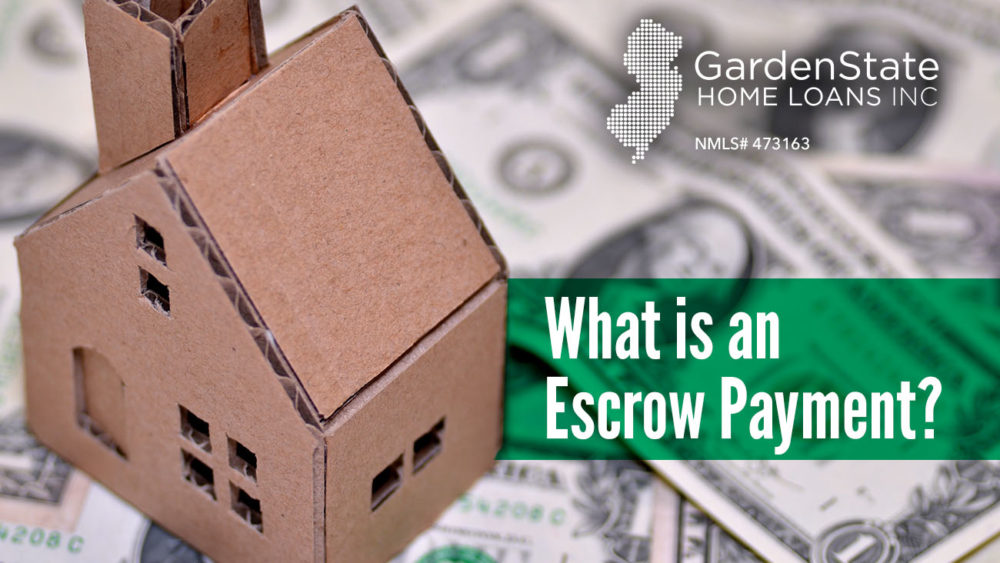
When considering a new mortgage or refinancing a current mortgage, many lenders suggest paying your taxes and insurance through an escrow account.
What is an Escrow Account?
An escrow account ensures taxes and insurance are paid on time, as well as protects the lender from losses. While some lenders require escrow accounts, requesting one voluntarily is a great tool for budgeting large property-related bills. It creates small mortgage payments to avoid large property tax bills or insurances premiums.
What’s the Amount of Your Escrow Payment?
Escrow payments are calculated by estimating tax costs and house insurance for the year, then dividing the total amount by 12. For example, if the property taxes cost $2,400 and a homeowner insurance and a mortgage policy cost $1,200 per year each. By dividing the total amount ($4,800) by 12 months, the borrower must pay $400 each month through the escrow account. Although there is a fixed rate, the total amount of mortgage payments may change. This is due to increasing insurance premiums or property taxes.
Benefits of Using an Escrow Account
An escrow account creates a 12-month payment plan to pay off taxes and insurance. This provides more time and flexibility instead of requiring one large payment. Other benefits include avoiding late fees and the risk of your property insurance lapsing or your title collecting a lien for unpaid taxes.
Disadvantages of Escrow Account
In most cases, you do not have control of the money in an escrow account. The money in your escrow account will not generate any interest. Moreover, if your taxes or insurance policy increase, you must pay more each month, resulting in an unexpected outflow of your cash.


Comments are closed.